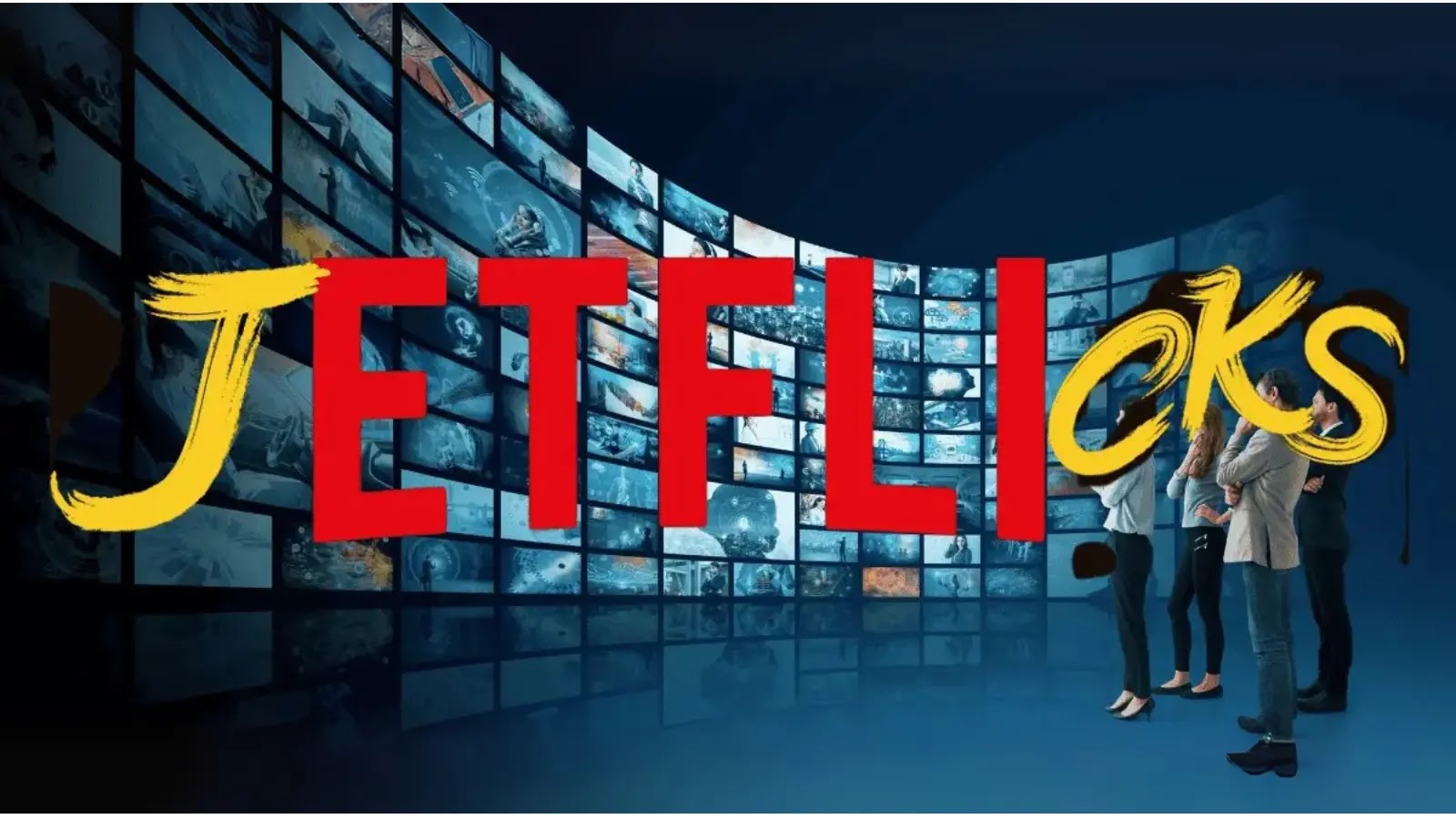
Jetflicks Illegal Paid Streaming Service Operators Jailed for 7 Years
The digital landscape is a battleground where intellectual property often becomes a casualty. In a significant win for content creators and copyright holders, federal authorities recently delivered a powerful message to those who profit from digital piracy. The operators of Jetflicks, once a behemoth in illegal streaming, have been brought to justice, receiving substantial prison sentences. This case highlights the sophisticated mechanisms employed by criminals to bypass legitimate licensing and the concerted efforts required to dismantle such illicit enterprises.
The Rise and Fall of Jetflicks: A Case Study in Digital Piracy
Jetflicks operated as one of the largest illegal television streaming services in the United States. Its appeal lay in offering a vast library of copyrighted content without the associated licensing fees, directly competing with legitimate streaming platforms. This operation was far from amateur; it leveraged sophisticated automated systems designed to circumvent legitimate licensing agreements, effectively stealing intellectual property on an industrial scale. The impact was substantial, resulting in an estimated $37.5 million in damages to content owners.
The Operators Behind the Illicit Stream
In a culmination of investigative efforts, five Nevada men, including a German citizen, were identified and prosecuted for their roles in orchestrating the Jetflicks operation. Their involvement spanned various aspects of the illicit enterprise, from content acquisition to distribution and monetization. The court found them guilty of conspiracy to commit criminal copyright infringement and other related charges, underscoring the severity of their actions. The sentences handed down were considerable, with individuals receiving up to 84 months (7 years) in federal prison, reflecting the significant financial harm and the deliberate nature of their criminal enterprise.
Understanding the Mechanics of Copyright Infringement in Streaming
The Jetflicks case serves as a stark reminder of the complexities involved in digital copyright infringement. While seemingly simple from a user’s perspective, operating such a service requires a deep understanding of content acquisition, encoding, and distribution. The “sophisticated automated systems” mentioned in the charges point to capabilities likely involving:
- Automated Content Scraping: Tools or scripts designed to continuously monitor and download new episodes or movies from legitimate sources, often bypassing geographic restrictions or paywalls.
- Content Transcoding and Reformatting: Optimizing downloaded content for streaming across various devices and bandwidths, often stripping out DRM (Digital Rights Management) protections.
- Global Distribution Networks: Utilizing content delivery networks (CDNs) or similar infrastructure to host and distribute the pirated content to a worldwide audience, often obscuring their true location and identity.
- Monetization Strategies: Employing various methods to generate revenue, including subscription fees, advertising, or cryptocurrency payments, to fund the operation and enrich the perpetrators.
These actions directly violate copyright law, which grants content creators exclusive rights to reproduce, distribute, perform, and display their work. When services like Jetflicks operate, they diminish the value of legitimate licenses, impacting the entire media ecosystem, from production studios to legitimate streaming services and ultimately, the artists themselves.
Implications for Cybersecurity and Digital Forensics
Cases like Jetflicks highlight the critical role of digital forensics and cyber intelligence in combating online piracy. Tracing the flow of illegal content, identifying the individuals behind sophisticated digital operations, and gathering irrefutable evidence requires specialized skills and tools. Authorities likely employed a range of techniques, including:
- Network Traffic Analysis: Monitoring data flows to identify the origins and destinations of pirated content.
- Domain Name and IP Address Tracing: Unearthing the real identities behind seemingly anonymous online presences.
- Financial Transaction Analysis: Following the money trail through various payment processors and potentially cryptocurrencies to link individuals to the illicit profits.
- Digital Device Forensics: Seizing and analyzing computers, servers, and other digital devices to extract incriminating data.
The successful prosecution underscores the increasing sophistication of law enforcement in navigating the digital realm to combat cybercrime that transcends traditional borders.
Remediation Actions: Protecting Intellectual Property
While the Jetflicks case focuses on the prosecution of illegal operators, it also serves as a critical reminder for content creators, distributors, and legitimate platforms about the importance of robust intellectual property protection. Here are key remediation actions:
- Strengthen DRM and Anti-Piracy Technologies: Continuously update and deploy advanced Digital Rights Management (DRM) solutions and anti-piracy technologies to make it more difficult for unauthorized parties to access and redistribute content.
- Proactive Content Monitoring: Implement automated systems to monitor the internet for unauthorized distribution of copyrighted material. This includes scanning for torrents, illegal streaming sites, and direct downloads.
- Rapid Takedown Procedures: Establish fast and efficient processes for issuing DMCA (Digital Millennium Copyright Act) takedown notices and collaborating with hosting providers and search engines to remove infringing content quickly.
- Legal Enforcement and Collaboration: Actively pursue legal action against infringers and collaborate with law enforcement agencies globally to share intelligence and coordinate efforts.
- Educate Consumers: Promote awareness campaigns about the legal and ethical implications of consuming pirated content and highlight the value of legitimate streaming services.
Conclusion
The sentencing of the Jetflicks operators sends an unequivocal message: digital piracy is a serious crime with severe consequences. This outcome is a triumph for intellectual property rights and demonstrates the growing capability and commitment of federal authorities to dismantle large-scale illegal operations that exploit copyrighted content for illicit gain. For cybersecurity professionals, this case underscores the pervasive nature of digital crime and the continuous need for sophisticated forensic capabilities and proactive protection strategies to safeguard intellectual property in an increasingly connected world.





